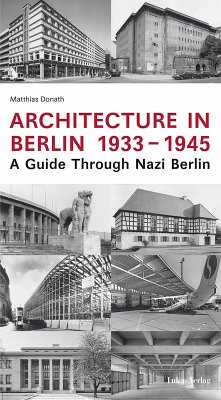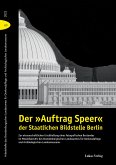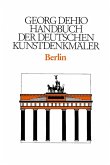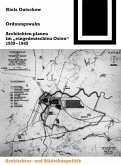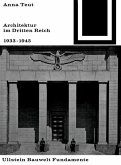In "Architecture in Berlin 1933-1945", Matthias Donath takes us on a captivating journey through one of the most tumultuous periods in German history. Focusing on the architectural developments in Berlin during the Nazi regime, Donath sheds light on the complex relationship between politics, ideology, and urban planning. As the Nazis rose to power in the early 1930s, Berlin became a playground for their grandiose visions of a new Germany. Donath meticulously examines the architectural projects that were initiated during this time, ranging from monumental public buildings to residential complexes and infrastructure projects. Through detailed analysis and stunning visuals, he explores the motivations behind these designs and the impact they had on the cityscape. However, Donath does not shy away from addressing the darker side of this architectural legacy. He delves into the role of architecture in the Nazi propaganda machine, showcasing how buildings were used as tools to promote the regime's ideology of racial superiority and authoritarian control. He also explores the forced labor and destruction of historical landmarks that accompanied these architectural endeavors. But "Architecture in Berlin 1933-1945" is not just a historical account. Donath also examines the legacy of these buildings in contemporary Berlin. He discusses the challenges faced by the city in dealing with this architectural heritage, including debates over preservation, commemoration, and the ethical implications of repurposing these structures. With its comprehensive approach and thought-provoking analysis, "Architecture in Berlin 1933-1945" offers a unique perspective on the intersection of politics, ideology, and urban planning. Donath's expertise and passion for the subject shine through, making this book a must-read for anyone interested in the history of Berlin, architecture, or the impact of totalitarian regimes on the built environment.
Dieser Download kann aus rechtlichen Gründen nur mit Rechnungsadresse in A, B, BG, CY, CZ, D, DK, EW, E, FIN, F, GR, HR, H, IRL, I, LT, L, LR, M, NL, PL, P, R, S, SLO, SK ausgeliefert werden.

